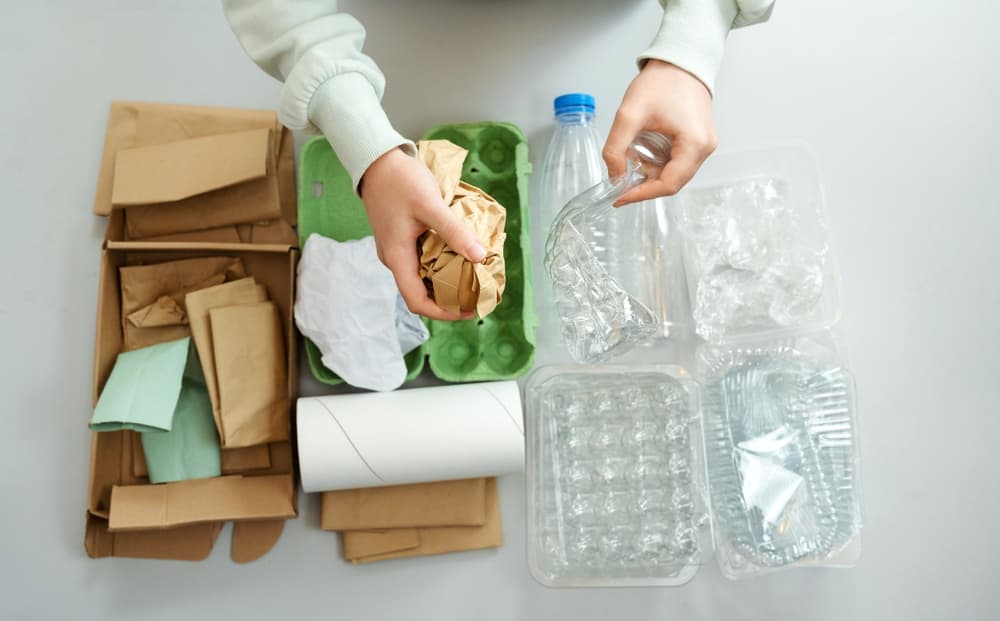The rise in energy prices has got us all concerned, especially as we head into the colder months. Unfortunately many homes in the UK are not energy efficient which will contribute to higher energy bills – plus a bigger carbon footprint than necessary. So what can you do?
The starting point is to asses where energy is escaping from the ‘fabric’ of your home. This is the ‘fabric first’ principle, and means your walls, floors, roof and windows.
Walls
Uninsulated homes lose a third of their energy through the walls – with detached houses losing the most as all sides are exposed. The older the house, the more likely you will need to upgrade your insulation. You should be able to do a quick check if you drill an inspection hole behind a skirting board.
If you have external walls you can add cladding (typically render or timber) and internal walls can by filled with the appropriate material depending on the wall type. Speak to a specialist to determine the best option for your property.
Floors
Generally speaking you only need to insulate your ground floor. Newer homes tend to have concrete floors which can have a rigid insulation laid on top; older homes are likely to have suspended timber frames which can be insulated with mineral wool or spray foam. Smaller jobs can be done yourself – but do seek professional help if you are unsure.
As an interim you can use draught excluders, rugs and mats to help trap the heat in a room.
Roof
Loft insulation can have a dramatic impact on your energy bills, and if you can easily access the space and have no damp problems, you can do it yourself.
Simply lay the mineral wool insulation between the joists, followed by a layer at right angles to cover the beams. The recommended depth is about 1ft, so even if you have some – it might need a top up. Loft insulation is typically effective for at least 40 years.
Windows
Double glazed windows are commonly used these days – providing protection from the cold outside air. If you have older windows, you can add secondary glazing to get a similar level of insulation.
Beyond the window itself, there are some additional basic steps to take. Thick curtains can create an effective barrier – keeping your rooms warmer. Similarly draught snakes and weather strips can by placed on window sills to to block out the air.
Beyond these 4 major factors, there are a few more simple tricks.
- Invest in LED bulbs as they require less electricity to operate
- Turn down the thermostat. Even a couple of degrees can have a dramatic impact on the cost of your heating
- Don’t leave anything on standby
- Limit the lights you use
- Clean appliances so they run more efficiently
- Use an energy saving setting or lower temperature programme on your washing machine
- Hang clothes to dry rather than use a tumble dryer
What additional tips and tricks do yo have to make your home more energy efficient? Let us know in the comments below.




Leave a Reply